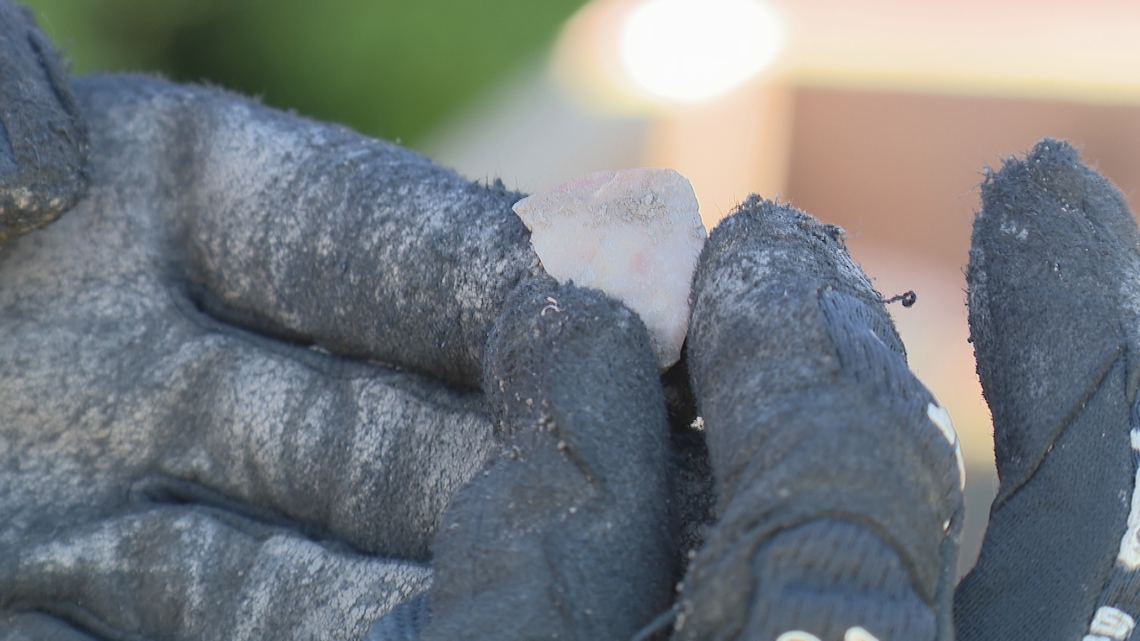Native American artifacts from 1100 AD found at Cahokia Mounds
Saint Louis University professors, students and visiting scholars discovered approximately 900-year-old Native American pottery, microdrills and wall trenches. Archaeologists from Saint Louis University have discovered approximately 900-year-old Native American microdrills at Cahokia Mounds. The artifacts, which date back to the Sterling Phase of the Mississippian Period, were found in excavation units on the western periphery of Cahokia. The students, who are already preparing for their senior thesis research, expressed excitement about the potential for new information about the soil color and the development of the chiefdom. The last day of the dig saw the hard work done, with SLU professors returning to the lab to categorize every centimeter of the site.

Publié : il y a un an par Annie Krall dans
Example video title will go here for this video
Example video title will go here for this video
Over the last several weeks, Vermilion helped her students find approximately 900-year-old Native American microdrills in excavation units on the western periphery of Cahokia Mounds.
Each unit is shaved centimeter by centimeter. A particular one showcased to 5 On Your Side was at 78 centimeters at its deepest point.
Archaeologists said they get excited even about the soil color and what that might mean in terms of information.
"The structures that we're finding here and the pottery that we're finding here seem to date to the Sterling Phase of the Mississippian Period — which is approximately 1100 AD to 1200 AD — which is a critical point in the development of the chiefdom because it's like the apex," Vermilion said.
Some of the 11 students from Saint Louis University or visiting schools were already laying the groundwork for their senior thesis research.
"I'm looking at wood usage," said Hal Nalamliang, a student from the University of Vermont visiting SLU for a month on the dig. "There's sort of a commonly accepted hypothesis that the people of Cahokia used a lot of wood from their area and that caused degradation to the soil, which caused flooding."
"It'll keep me in good shape, keep me active," Krussel said. "I wouldn't want a desk job. Plus, you can learn a lot about past cultures doing this, so that's what got me hooked."
"Think about 100 years from now, 1,000 years from now, somebody else could be digging above your house," said Brittany Murray, who was a SLU archaeology student on this same site in 2011. "What you think is trash or was just a house, becomes treasure and research to somebody else to learn how we lived. That's what we're doing for the Cahokians."
Tuesday was the last day of the dig, but the hard work was hardly done. SLU professors will be taking their discoveries back to the lab next week to use diagnostic tools and categorize every centimeter of the site.
Les sujets: Native American
